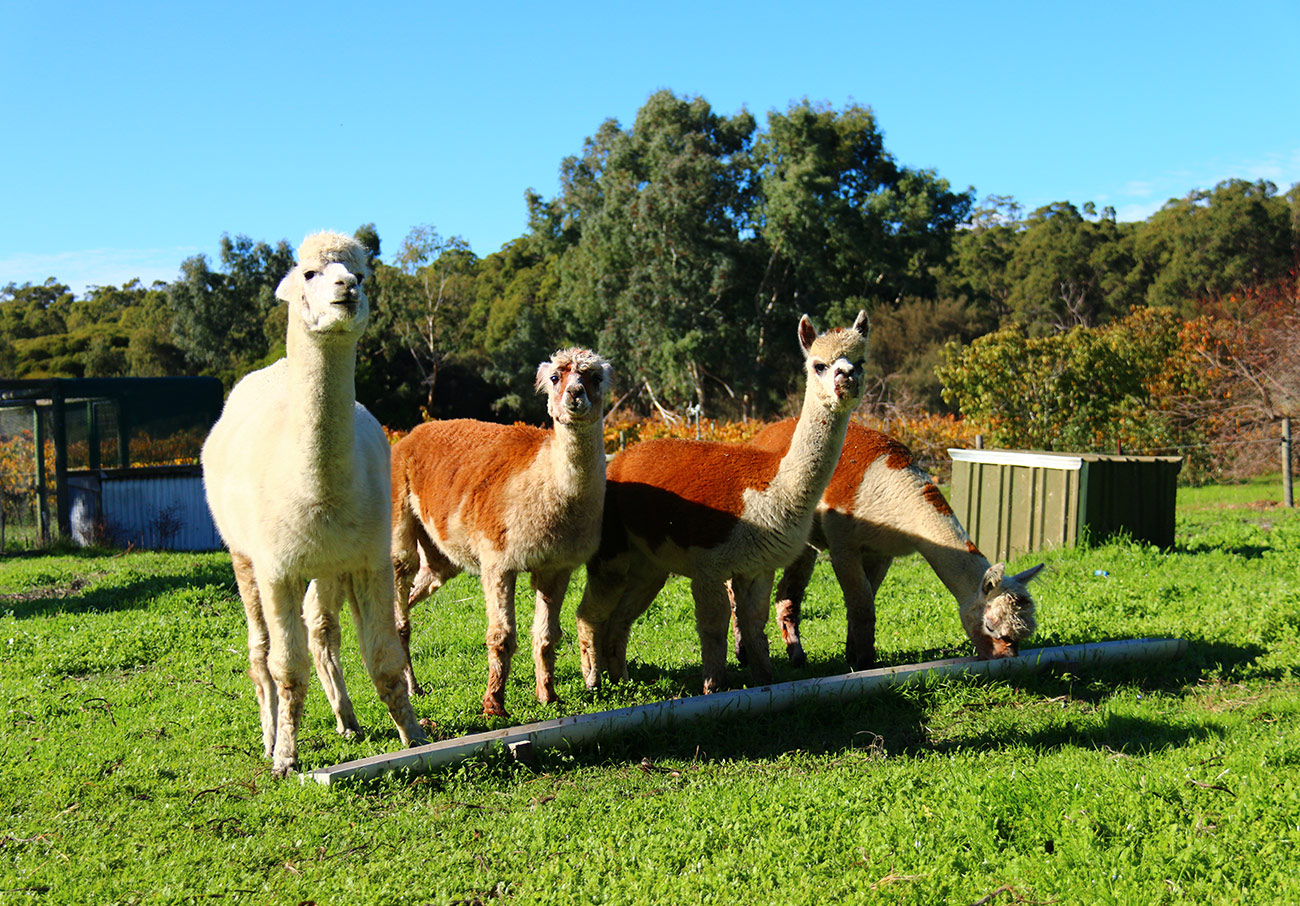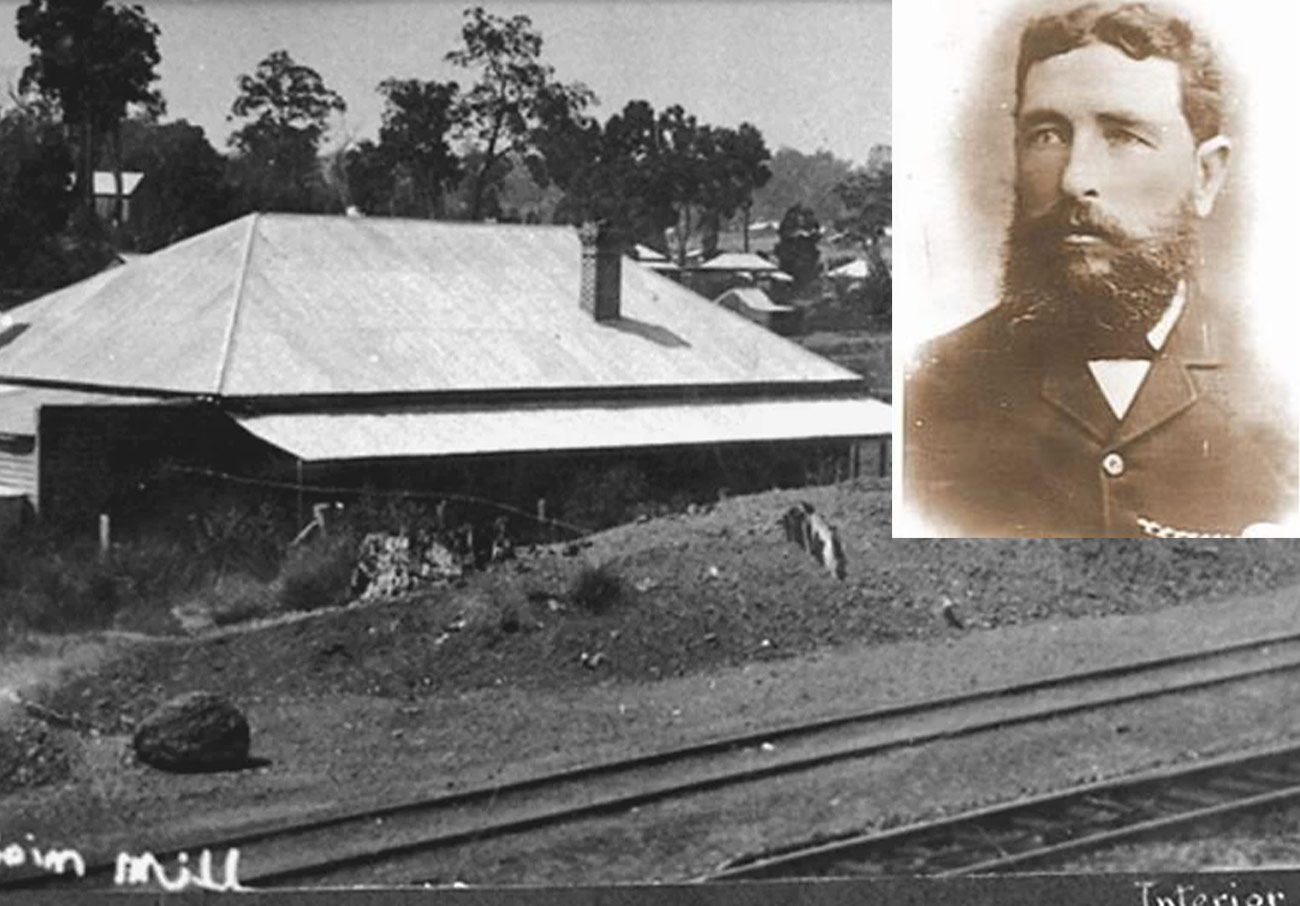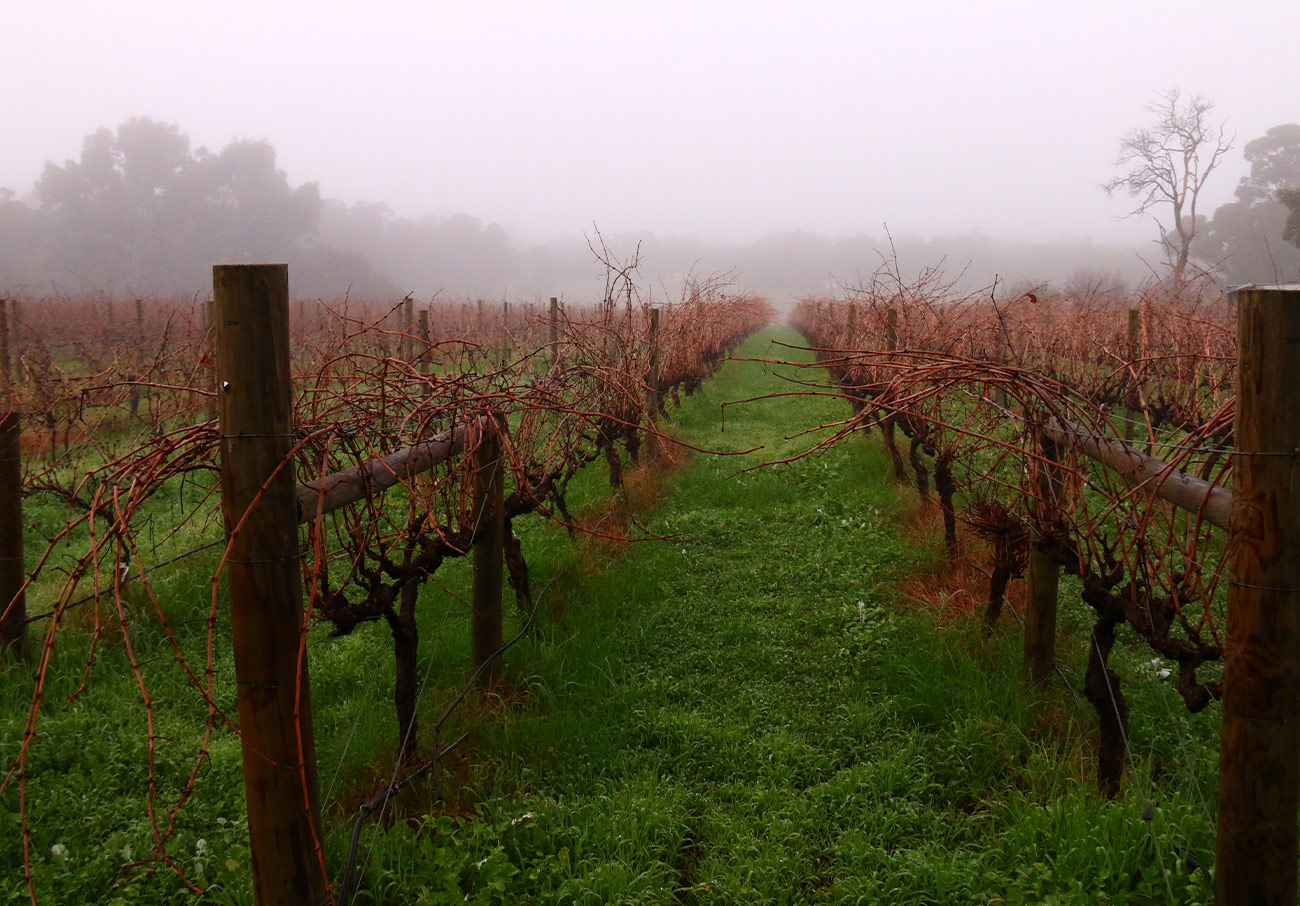The Lion Mill Vineyards History
Lion Mill owes the first stages of its white settlement to works extending the Eastern Railway from Fremantle beyond Guildford in the 1880s. Adelaide contracting company Wright and Co were responsible for the work on a route to Chidlow’s Well on the Old Northam Road. Wright and Co was a partnership of J.W.Wright and Edward Keane. The route passed by the developing settlements at Darlington and Smith’s Mill (now Glen Forrest), through the pit sawing settlement that was to be Sawyers Valley and on to Chidlow’s.
Though both Alfred Smith and Edmund Lacey operated mills along the route and were able to supply sleepers, Wright and Co chose to set up its own mill at the 38 mile peg of the railway route and about two miles north of the junction of the Old Guildford to Northam and the Guildford to York Roads. It was an area that the sawyers from around Sawyers Valley had barely touched and Wright’s Mill thus had access to large reserves of excellent timber. Wright chose the site and Keane negotiated for the concession upon which the company would cut timber.
The Company’s plant had arrived in March of 1882 and was moved to the site in April, Abraham White, Keane’s partner and father-in-law, was in charge of the mill. First known as from a creek so named, it soon became known as White’s Mill. The mill had a work force of about 30 men and there were about 60 people living close by.
White and Keane subsequently purchased the mill and concession from Wright and Co. Keane then contracted to complete the next section of the railway to York, thereby ensuring that White’s Mill had life beyond the original contract. Following Abraham White’s death in 1885, Keane became the sole proprietor. Although he had continuous work for the mill he was forced to close it and sell the plant in 1888 on account of financial difficulties caused by his problematic contract to complete work for the Midland Railway Company. Owed a considerable sum, the Union Bank took possession of the mill site and the timber concession.

The prospect of expanded operations and the availability of large reserves of timber on the concession attracted yet another South Australian company to the area. Lion Timber Yards which David Bower had established in Adelaide in 1846 and which his brother-in-law Richard Honey now owned, purchased the site from the Bank in 1890. Honey had built the Lion Timber firm up to be one of the most prosperous in South Australia and looked to expand to WA where there was developing a profitable export trade in jarrah timber.
Fortuitously, his expansion into Western Australia coincided with the early gold rushes and the development of public works, railways and other infrastructure by the Forrest Government. Not surprisingly then, Honey’s WA interests were soon even more extensive than those in South Australia. By then, they were part of a business shared with James Port, son of a Melbourne timber merchant, who had joined the employ of Honey in SA in 1875. Sent by Honey to manage the affairs in WA in 1880, it was Port who was responsible for much of the subsequent expansion and contract work that Honey and Co. undertook in the Colony as well as the recommendation to purchase White’s Mill.

Port managed the re-named Lion Mill for almost three years and when Honey died in 1892 he purchased most of the company assets in WA. In the division of assets, Honey’s nephew, Richard Hummerston, and William Forsyth took over the Lion Mill. In 1897 Forsyth sold his half share to Oscar Bernard. Although the mill had further contracts, the fact that Bernard and Forsyth held limited timber concessions meant that their future was not secure. In fact, the main mill closed in 1898 though Hummerston continued to mill firewood until 1904. Hummerston did not confine his activities to milling; in 1902 with E.D.Forsyth he built the Lion Mill Hotel.
Some years after the first settlement, the township of Lion Mill was declared in March 1899 and in 1906 became the site for the offices of the Greenmount Roads Board.
Following the closure of the Hummerston mill and having gained substantial new timber leases, Robert Bunning’s Perth Jarrah Mills purchased the site in 1905. Over the course of the next year purchased other mills to the north and north west of Lion Mill. Soon Bunning controlled timber concessions on land totalling over 30,000 acres to the north of the town and on this basis he built a new mill on a site a little to the north of the old mill site. Until they closed it in 1923, Robert and Arthur Bunning operated Lion Mill as their main mill in WA.
In 1924, the townsite was re-named as Mt Helena and in the following year the Roads Board transferred its offices to the more central location of Mundaring. Despite the reverses of this and the mill closure, the town survived for it had become the centre of a much more diverse economy – there were over 30 orchardists in the area, local butchers served the surrounding districts, and the town also could count a number of dairy and poultry farms among its economic base. Local also found work as railway gangers and in the industries of Midland Junction.
The property upon which Lion Mill Vineyards now stands was one of the many small mixed agricultural and horticultural enterprises that made up that diverse local economy. It was originally part of one parcel taken up in October 1882: Swan Location 299 of 40 acres, 1 rood and 10 perches. The timing of the selection suggests that the land was acquired as part of property speculation in the area. An early settler, William Chidlow of Northam, had a well on land at what was known as Chidlow’s Well. This was not a reliable source of water and in 1867 Chidlow had purchased land on the Old Northam Road just north of where it left the Guildford to York Road.

The land lies on the east side of what is now Bambrook Street. In fact, Chidlow had selected the land and improved it from the 1840s, part of the attraction being the dependable water supply from a well he had sunk on it. Chidlow’s land in changed hands at inflated prices after his death in 1879 as speculators gambled on the area becoming a town site for the terminus of the eastern extension of the railway. By 1882 it had nearly quadrupled in price and the land was subdivided for residential lots and offered for sale later in 1883. However, the speculative boom collapsed when the colonial government chose land at nearby Chidlow’s for the town site.
Location 299 was almost opposite Chidlow’s land on the Old Northam Road and early in January 1883 and after owning it for only three months, Julia Morrell, the original owner and wife of a prominent Northam farmer, sold the land. This sale appears to have taken place before the speculative bubble burst. The purchasers – a detective sergeant and a coachbuilder from the city, held the land until 1915. The next owner is reputed to have died in 1933 as the result of a snake bite and in following year the land passed to William Redhall, a storekeeper in Mount Helena. It remained in that family until 1978 though in 1969, the property was subdivided into two lots among Redhall’s descendants. Again, in 1975, the land was subdivided and both lots sold later to the local marine dealer. He subsequently sold one lot to the developer of the Carosa vineyard who planted the first vines there in 1986.
The property was purchased in 1996 and the first vines were planted in 1999. Lion Mill Vineyards was then created. Patrick and Ann Bertola created the foundation of what is now an iconic winery in the Perth Hills. Their dedication and tenacity over the years has ensured the groundwork of quality and uniqueness.

